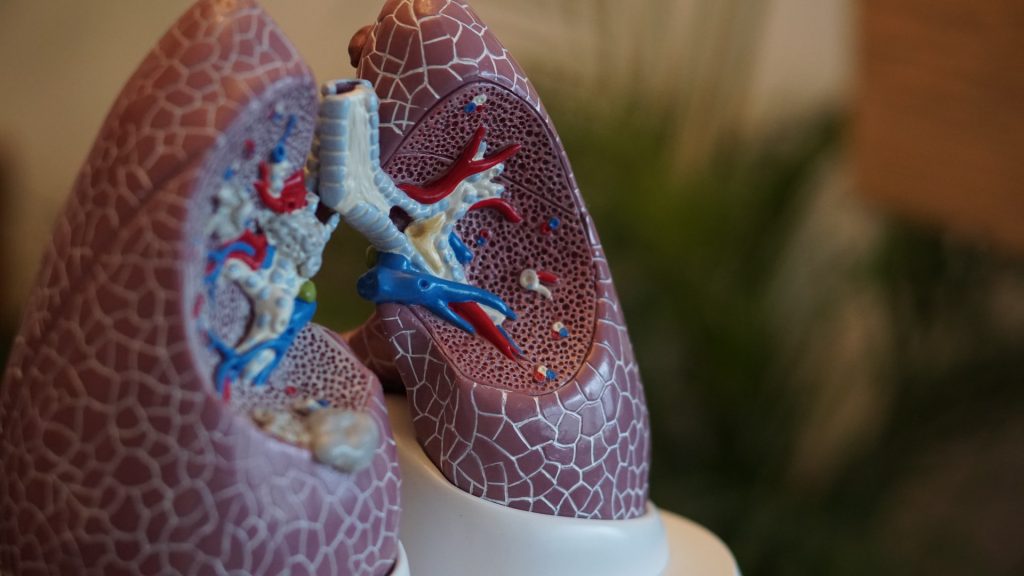Better Transplant Outcomes from Slightly Warmer Donor Lungs

Storing donor lungs for transplant at 10°C markedly increases the length of time the organ can live outside the body, according to results of a trial were published in the New England Journal of Medicine Evidence. These findings will help reduce the strain on hospitals, reduce waitlists and possibly eliminate the need to bump other surgeries for a lung transplant.
The multicentre, non-randomised clinical trial study of 70 patients demonstrated that donor lungs remained healthy and viable for transplant up to four times longer compared to storage at the current standard of ice cooler preservation of around 4°C. The study was led by a team of scientists at the Toronto Lung Transplant Program in UHN’s Ajmera Transplant Centre.
“The clinical impact of this study is huge,” says lead author Dr Marcelo Cypel, Surgical Director of the Ajmera Transplant Centre and a surgeon within UHN’s Sprott Department of Surgery.
“It’s a paradigm shift for the practice of lung transplant. I have no doubt that this will become the gold standard practice of lung preservation for the foreseeable future.”
Lungs available for transplant are currently limited by the length of time a donor organ can be kept viable. Increasing storage time allows for viable donor lungs to come from greater distances, increasing the potential for greater numbers of lungs becoming available for transplant and overcoming many of the hurdles around transplant logistics.
“In transplant, we still see a critical shortage of organs and people dying on the waitlist because there are not enough lungs to be transplanted,” says Dr Cypel, who is also a professor in the Division of Thoracic Surgery, Department of Surgery at the University of Toronto.
“It’s a great accomplishment to see that our research is now having an impact, and that we can actually have more cases done at our centre, with continued outstanding clinical results.
“Better organ preservation also means better outcomes for patients.”
Transplant surgeries could become planned procedures
The trial took place over 18 months at UHN’s Toronto General Hospital, the Medical University of Vienna, and Hospital Universitario Puerta de Hierro-Majadahonda in Madrid.
“The ability to extend the lifespan of the donor organ poses several advantages,” says study first author Dr Aadil Ali, adjunct scientist at the Toronto General Hospital Research Institute.
“Ultimately, these advantages will allow for more lungs to be utilised across farther geographies and the ability to improve recipient outcomes by converting lung transplantation into a planned rather than urgent procedure.”
Some advantages of this new 10°C standard for lung storage include the potential to reduce or eliminate the 24/7 schedule and urgency of lung transplant procedures. By increasing the length of time donor lungs are viable, transplant surgeries could become planned procedures, which avoids bumping scheduled surgeries and overnight transplantation.
The study also suggests the new preservation temperature will allow more time to optimise immunologic matching between donor and recipients, and the possibility of performing lung transplantation in a semi-elective rather than urgent fashion.
For more on the study, watch Dr Marcelo Cypel’s presentation of findings at a recent American Association for Thoracic Surgery event.
Also, watch a video with Drs Cypel and Ali discussing the foundational work leading to this breakthrough.
Source: University Health Network


